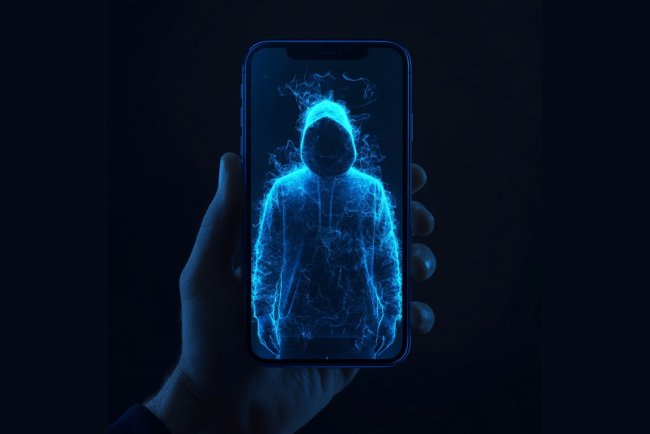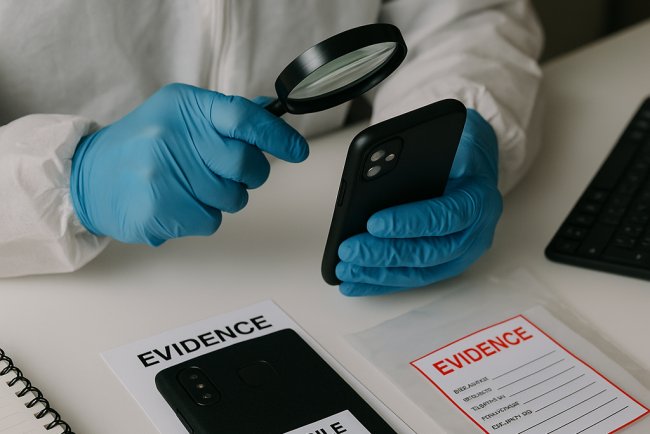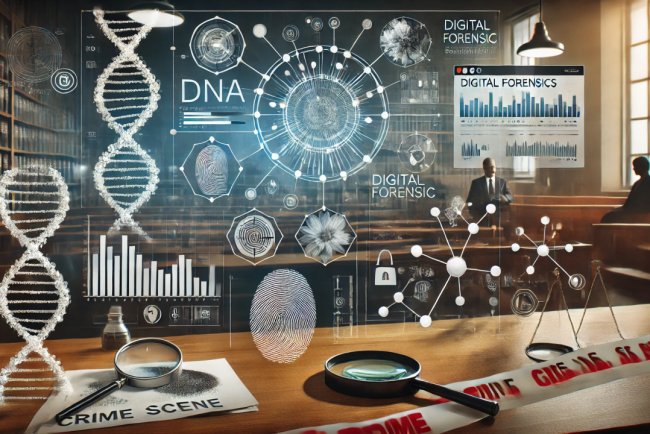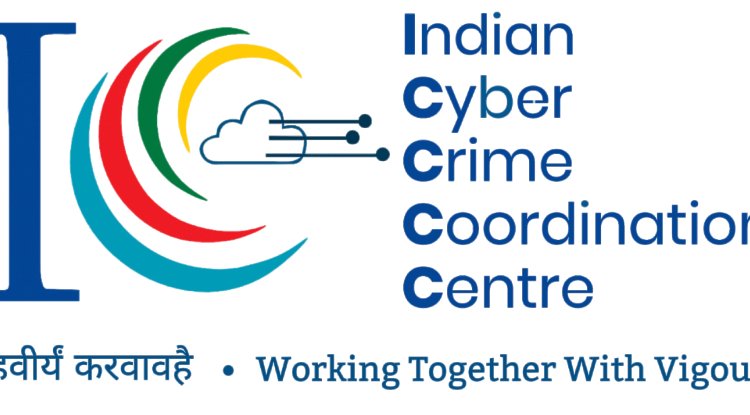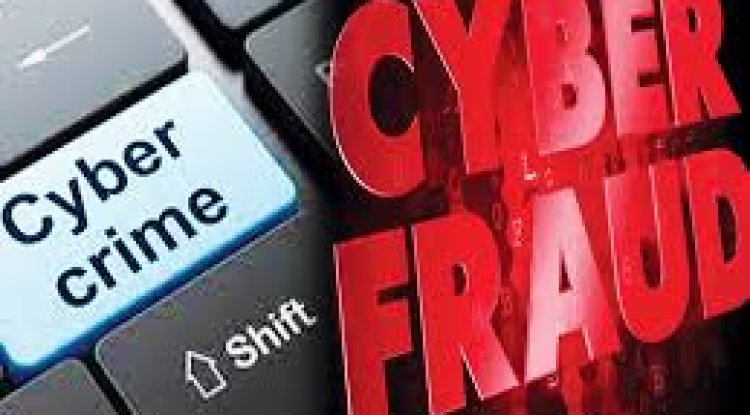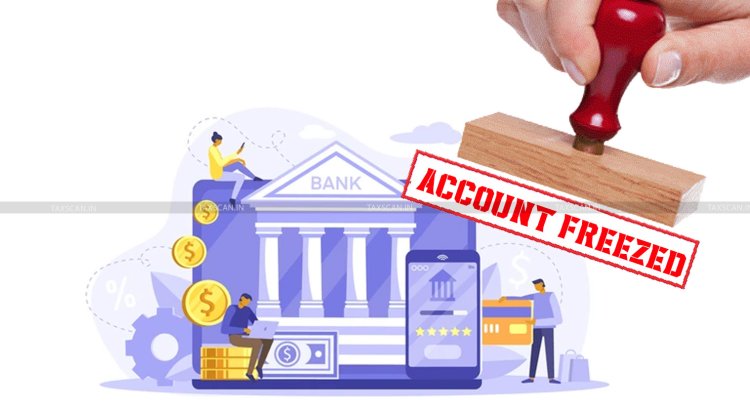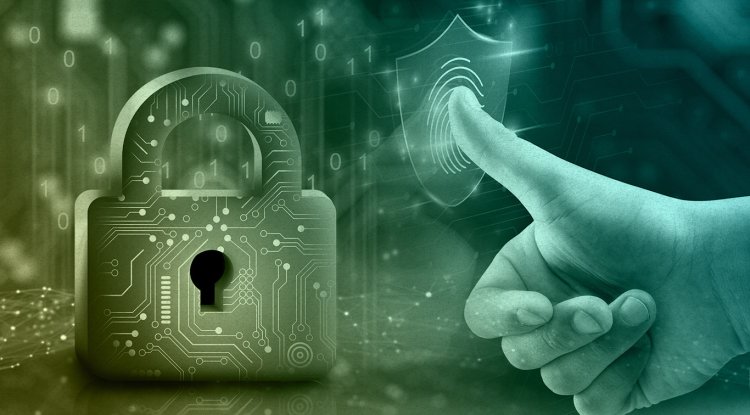Criminal Justice
The method and framework by which crimes are identified, tried, punished, and prevented—which includes a coordinated system of law enforcement, the judiciary, and corrections—is referred to as criminal justice.
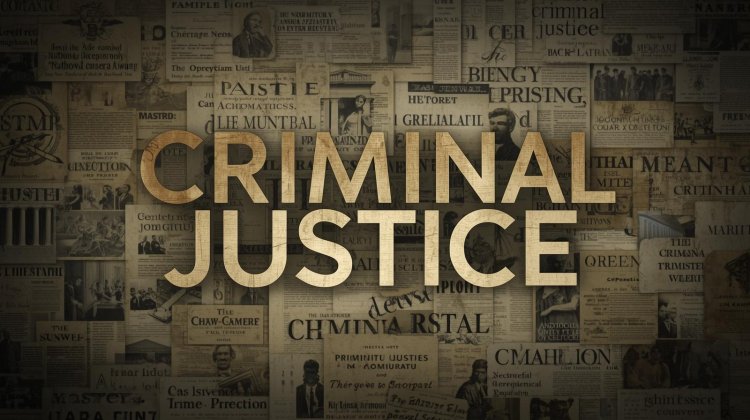
Criminal Justice
It is the system of practise and institution of government directed at upholding social control, deterring and mitagating crime or seansoning those who violent laws with criminal panelties and rehabilation affort. Included laws are
# Substantive Laws # Procedural Laws
Procedural law is the “how,” while substantive law is the “what.”
Substantive Law
The area of law known as substantive law is responsible for establishing, defining, and governing legal rights and obligations. In addition to prescribing sanctions or remedies, it establishes whether conduct is deemed illegal or legal.
Examples of Substantive Law
-
Criminal law: Defines crimes and penalties (e.g., murder is punishable by imprisonment)
-
Contract law: Specifies what makes an agreement legally binding
-
Tort law: Outlines liability for civil wrongs like negligence
-
Property law: Establishes ownership rights and how property can be transferred
Procedural Law
The area of law known as procedural law describes the guidelines and procedures used to administer and execute substantive law. It controls the entire legal process, from filing and investigation to trial and appeal.
Examples of Procedural Law
-
Rules of evidence (what evidence can be used in court)
-
Filing deadlines and court procedures
-
Jury selection
-
Arrest and search procedures in criminal law
-
How to serve a lawsuit in civil cases
Substantive Law vs. Procedural Law
| Aspect | Substantive Law | Procedural Law |
|---|---|---|
| What it does | Defines rights and wrongs | Provides the steps to enforce those rights |
| Focus | "What is the law?" | "How is the law enforced?" |
| Example | Murder is a crime punishable by law | The trial process for a murder case |
| Type | Rules about behavior | Rules about legal process |
The Process of Criminal Justice
# Step 1 - Registration of FIRST INFORMATION REPORT (FIR).
# Step 2 - The police proceeds to crime scene and investigate the fact of the case police investigation mainly include :
- Examination of the crime scene.
- Security of the crime scene
- Examination of vittnes or suspect.
- Recording of the statement.
- Conducting search.
- Collecting evidences from the crime scene.
- Making entries in the prescripted recordss like case diary or documentation of the crime scene.
- If possible arrest suspect.
- Formation of charge sheat.
# Step 3 - After investigation the Officer incharge of the police station . Send charge sheat to the megistrate. If the charge sheat have sufficient scientific evidence proof then court initiate the trail of the case.
# Step 4 - If the trail ends in conviction the court may abort any of the following punishment :
- Fine
- Simple imprisenment
- Rigrous imprisenment
- Imprisenment for life
- Death sentence
Goals of Criminal Justice
-
Justice for victims and society
-
Punishment of offenders
-
Deterrence of future crime
-
Rehabilitation of offenders
-
Protection of society
1. Law Enforcement (Police and Investigation)
This is the first stage of the criminal justice system.
Role
-
Maintain law and order
-
Investigate reported crimes
-
Collect evidence
-
Arrest suspects
-
File chargesheets or reports
Key agencies
-
Police departments
-
Central investigative agencies (e.g., CBI in India, FBI in the US)
-
Narcotics, traffic, and cybercrime divisions
Process
-
Filing of FIR (First Information Report) – a crime is reported
-
Investigation – gathering evidence, questioning witnesses
-
Arrest – suspect is taken into custody
-
Charge sheet – formal accusation submitted to the court
2. Judiciary (Courts and Trial Process)
This is the second stage, where guilt or innocence is determined.
Role
-
Conduct fair and impartial trials
-
Ensure rights of the accused and victims are protected
-
Decide verdicts (guilty or not guilty)
-
Impose punishments or acquittals
Types of courts
-
Lower/Subordinate Courts – handle minor or preliminary matters
-
District/Sessions Courts – try serious offences
-
High Courts – handle appeals and writ petitions
-
Supreme Court – final court of appeal and constitutional authority
Process
-
Trial begins – prosecution and defense present evidence
-
Examination of witnesses
-
Arguments by lawyers
-
Judgment and sentencing
3. Corrections (Punishment and Rehabilitation)
This is the final stage, after the verdict.
Role
-
Enforce the sentence (jail, fine, probation, etc.)
-
Rehabilitate offenders and reintegrate them into society
-
Prevent reoffending (recidivism)
Types of punishment
-
Imprisonment
-
Fines
-
Community service
-
Probation or parole
-
Death penalty (in rarest of rare cases, in some countries)
Institutions involved
-
Prisons and jails
-
Juvenile detention centers
-
Probation and parole boards
-
Rehabilitation centers
JUDICIAL HIERARCHY
| Level | Court Name | Jurisdiction / Role |
|---|---|---|
| 1. Apex Court | Supreme Court of India | - Highest court in the country - Hears appeals from High Courts - Constitutional cases |
| 2. High Courts | High Courts | - One in each state (or group of states) - Hears appeals from lower courts - Supervises subordinate courts |
| 3. District Courts | District & Sessions Courts | - Main court at district level - Civil (District Court) and Criminal (Sessions Court) jurisdictions |
| 4. Subordinate Courts | Magistrate & Civil Judges Courts | - Handle less serious civil and criminal cases - First level for most disputes |
| 5. Lok Adalats / Tribunals | Special Courts / ADR bodies | - Handle specific types of cases (e.g., family, consumer, environment) - Encourage speedy justice |
Criminal Courts (Sessions Side)
| Court Level | Presiding Officer | Powers / Jurisdiction |
|---|---|---|
| District & Sessions Court | District & Sessions Judge | Highest court in the district for criminal matters; can award death penalty |
| Additional Sessions Court | Additional Sessions Judge | Same powers as Sessions Judge; assists in clearing case backlog |
| Assistant Sessions Court | Assistant Sessions Judge | Can award up to 10 years imprisonment; handles less serious crimes |
| Chief Judicial Magistrate (CJM) | Chief Judicial Magistrate | Can award up to 7 years imprisonment; supervises other magistrates |
| Judicial Magistrate First Class (JMFC) | Judicial Magistrate First Class | Can award up to 3 years imprisonment and fines; handles trial of most IPC offences |
| Judicial Magistrate Second Class (JMSC) | Judicial Magistrate Second Class | Can award up to 1 year imprisonment; handles petty offences |
| Executive Magistrates | Appointed by State (DM, SDM, etc.) | Maintain law and order, preventive actions under CrPC (not a trial court) |
Civil Courts (District Side)
| Court Level | Presiding Officer | Jurisdiction |
|---|---|---|
| District Judge | District Judge | Highest civil court in the district; hears appeals and original suits |
| Additional District Judge | Additional District Judge | Assists the District Judge; same powers |
| Civil Judge Senior Division | Senior Civil Judge | Hears civil suits of higher pecuniary value |
| Civil Judge Junior Division | Junior Civil Judge | Hears suits of lower pecuniary value |
Follow cyberdeepakyadav.com on
Facebook, Twitter, LinkedIn, Instagram, and YouTube
What's Your Reaction?







